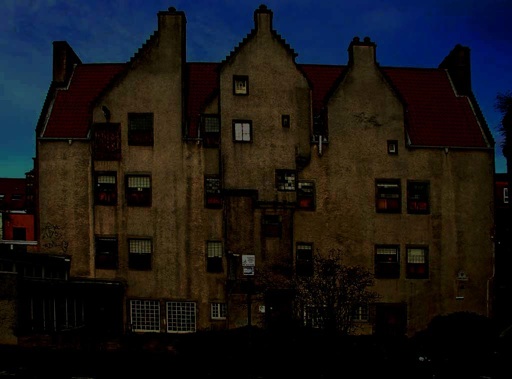



To finish this lab, follow the instructions below in sequence.
# Scale all colors by a constant (currently fixed to 0.5, which makes the picture "half bright")
def scaleImage(picture):
scaleFactor = 0.5
for p in getPixels(picture):
valueRed = getRed(p)
valueGreen = getGreen(p)
valueBlue = getBlue(p)
setRed(p, valueRed * scaleFactor)
setGreen(p,valueGreen * scaleFactor)
setBlue(p, valueBlue * scaleFactor)
>>> filename = pickAFile() >>> pic = makePicture(filename) >>> scaleImage(pic) >>> show(pic)
>>> writePictureTo(pic,r"Z:\lab3.jpg")
submit 1710 lab03 lab03.py
Note: You must do all the above steps correctly for receiving
full credit for this lab.